Buddhism is a dominant religion in Japan right next to Shintoism. Unsurprisingly therefore, there are many temples to explore and visit in Japan, each with its own history. Another thing to note is the differences between Shinto shrines and Buddhist temples including the occasional overlap between them.
Table of Contents
- Where Culture, History, and Religion Collide
- Japanese Temple Structures & Buildings
- Temple Hopping in Japan
- Takeaway
Where Culture, History, and Religion Collide

The Two Main Religions in Japan
Shintoism is indeginious to Japan whilst Buddhism was brought over from China and Korea. These two are the dominant religions in Japan with the number of believers of the faith close to equal.
For deeper insights, we recommend these for reading:
A Look into the Dominant Religions in Japan
Buddhism: Studying the Pathway of Enlightenment in Japanese Society
How many temples are there in Japan?
According to the Statistics Bureau of Japan, as of 2019, Japan has over 80,000 temples and 80 million believers. The footnote also makes mention that the total number of Shinto and Buddhist believers combined exceeds the country’s population due to numerous people practising both faiths.
※ Statistics Bureau of Japan, Japan Statistical Yearbook 2022, Chapter 26 Culture
Intertwining of Shintoism and Buddhism

Despite the clear differences between Shintoism and Buddhism:
-
Shrines are Shinto, temples are Buddhism
-
Shintoism is animistic, Buddhism is humans that achieved Nirvana and became deities
-
Shintoism is about praying to kami (God) for favours, Buddhism is about attaining Nirvana
and more, it’s hard to separate the religions with how intertwined they are in Japan. In fact, many Japanese without realising it go about their lives practising a little of both. This can be attributed to the fact that it isn’t just a religion anymore but part of Japanese culture and tradition. There’s even a popular saying, “Born a Shinto, die a Buddhist.”
Examples of the mix of Shintoism and Buddhism in Japanese lives:
-
Pagodas (Buddhist) at Shinto shrines;
-
Visiting shrine / temple for hatsumode (New Year prayers);
-
Buddhist artefacts in shrines, Shinto artefacts in temples;
-
Buddhism influenced events like Setsubun, Tanabata, etc.;
-
Funeral rites usually follow Buddhism rituals, whilst marriage follows Shinto or Christian rituals;
-
Purification water basin (Shinto) at temples;
-
Ema (Shinto) at temples;
-
Incense burner (Buddhist) at shrines.
Writer's Pick
Japanese Temple Structures & Buildings
Japanese temples are called -tera 寺 or o-tera お寺 with the additional “o” as a term of respect. -tera is read as -ji in combination with the full temple name, for example Senso-ji 浅草寺; or -dera, for example Kiyomizu-dera 清水寺. This is one of the easiest ways to differentiate a shrine (Jingu 神宮 or Jinja 神社) and a temple.
Without further ado, let’s look at what a Buddhist temple typically looks like.
Sanmon 三門 - Entrance Gate
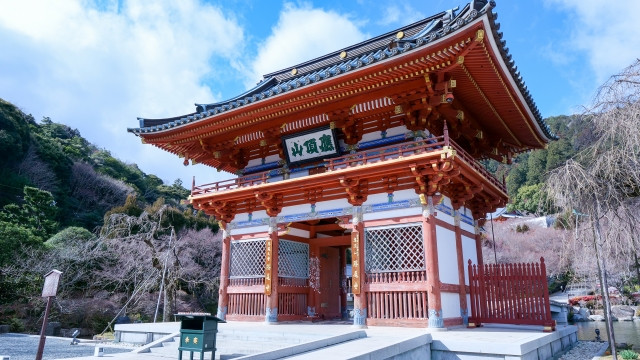
Or 山門, read the same way, is the temple’s entrance gate. Usually brightly red coloured, decorated with ornaments, and having a gabled roof. Its Shinto equivalent is the Torii.
Main Hall
The most important structure is usually where the object of worship is placed. In the case of Buddhist temples, more often than not a statue (or statues) of Buddha, Kannon, other Bodhisattva is here.
Pagoda

Pagodas are usually multi-tiered towers. Japan’s pagodas are well-known for their beauty, a classic image of Japan is a pagoda against the backdrop of Mt. Fuji. Compared to other pagodas around the world, Japanese pagodas are usually square based and built from wood.
Lecture Hall
One of the most important parts of practicing Buddhism is studying the scriptures. Lecture halls are where monks gather for recitations. It may also hold sacred objects of worship.
Other Structures
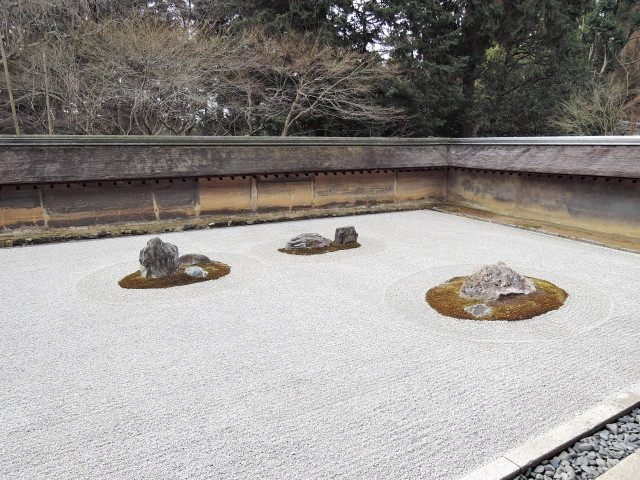
Some temples, especially Zen Buddhism temples, may also have a meditation hall or a zen garden. Gigantic bells are also a common feature. You may have heard the gong-ing of the bell on New Year’s Eve as it is rung 108 times leading up to the New Year.
Temple Hopping in Japan
With so many temples in Japan, you may be wondering which one is worth a visit. In that case, our #temples/shrines article tag may come in handy. To make it easier for you, here are some noteworthy temples to visit categorised according to area.
Tokyo & Kanagawa Temples
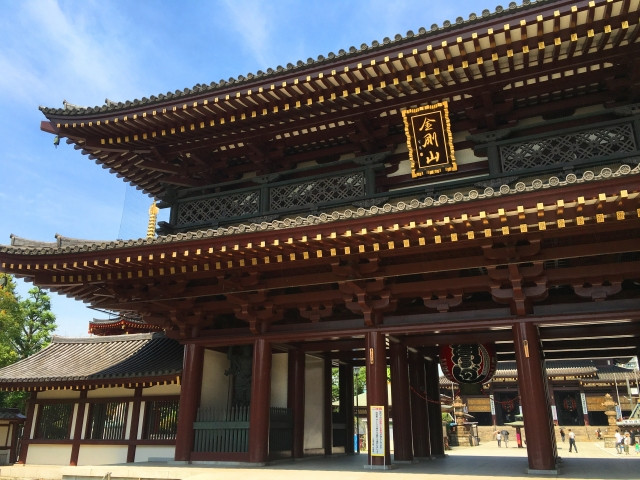
-
Senso-ji with its famous Kaminari-mon symbol and Five-Storey Pagoda in Asakusa, Tokyo.
Article: Tokyo's Oldest Temple: Senso-Ji -
Kawasaki Daishi, or Heiken-ji, is the most famous shrine for hatsumode in Kawasaki, Kanagawa.
Article: A Guide to Kawasaki Daishi -
Gotoku-ji, also known as Cat Temple due to the sheer number of maneki-neko (luck beckoning cat) can be found in Setagawa, Tokyo
-
Kotoku-in and the Kamakura Buddha at Kamakura, Kanagawa.
Article: Kamakura Buddha, The Symbol of Kanagawa -
Sengaku-ji, the grave site of 47 ronin at Shinagawa, Tokyo.
Article: The 47 Ronin, Their Graves and Where to Find Them
Kyoto & Nara Temples
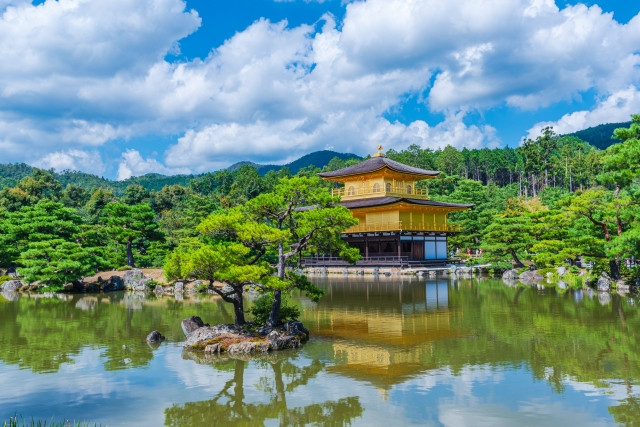
-
Kinkaku-ji with its gold-leaved pavilion in a middle of a pond
-
Kiyomizu-dera for its beautiful view and wish-granting waters
-
To-ji and its 1200 year old 5 storey pagoda.
Article: Famous Shrines and Temples in Kyoto that You Must Visit -
Todai-ji, the most famous temple in Nara.
Article: What to do in Nara, the First Permanent Capital in Japan -
Byodo-in in Uji, Kyoto. It’s Phoenix Hall is depicted on 10 yen coins.
-
Mimuroto-ji in Uji, Kyoto which is also known as “Flower Temple”. Check the flower calendar before visiting!
Article: Not Only About Matcha: A guide of Uji, Kyoto
Other Parts of Japan

-
Shitenno-ji is the most famous temple in Osaka and one of the oldest temples in Japan dating back as early as the 5th century.
-
Shikoku 88 Temple Pilgrimage is a religious journey through 88 temples in Shikoku. The entire route takes about 40 days and is recommended only for those who are well-prepared physically and mentally. Any one of the 88 temples is highly worth a visit so you can just drop by to visit when in any of the Shikoku prefectures.
Takeaway
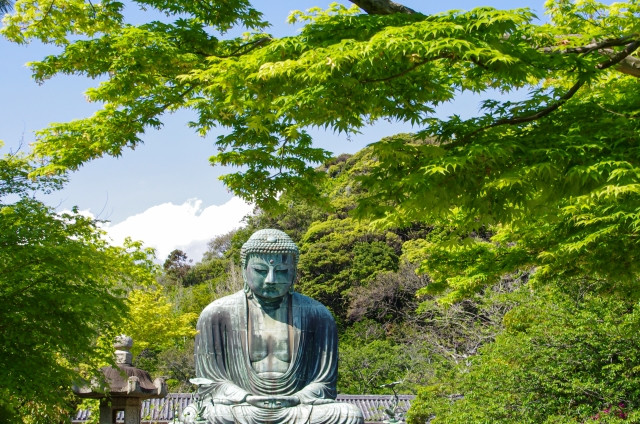
Shrines and temples are part of the beauty that is Japan. Every Buddhist temple has its own history and unique design. Some have zen meditation halls, some are UNESCO World Heritage sites, some are famous for their legends, and some are just pure beauty. With over 80,000 temples, get a look at some of the most beautiful ones in Japan.


































